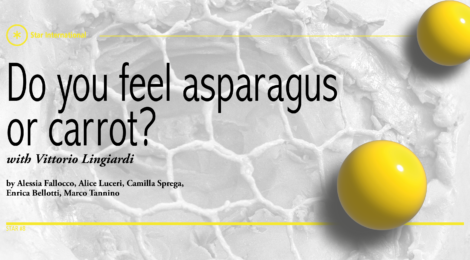
Do you feel asparagus or carrot?
Born in 1960, Vittorio Lingiardi is an Italian psychiatrist and psychoanalyst, full professor of dynamic psychology at the Faculty of Medicine and Psychology of the Sapienza University of Rome. Author of more than 200 publications and volumes, he is scientific coordinator of the new edition of the Psychodynamic Diagnostic Manual considered the most “sophisticated diagnostic system currently available”. His clinical and scientific interests concern the diagnostic assessment and the therapeutic treatment of personality disorders and he has conducted studies on the issues of gender identity and homoparenting. Among his most recent publications Diagnosi e Destino (2018), Arcipelago N. Variazioni sul narcisismo (2021) and L’ombelico del Sogno (2023), a dreamlike and poetic journey between divination, psychoanalysis and neuroscience. Precisely with regard to this latest publication, the author discussed with us on the occasion of the Writers’ Week.
You described dreams as involuntary tales. What is a dream?
It is difficult, almost impossible to answer and it is no coincidence that I wanted to name the recently published book of mine “The navel of the dream” referring to this phrase which places it in continuity with an unfathomable dimension. Meanwhile, when we talk about dreams we talk about three things: a memory, an experience and a neural event. The dream can be seen, faced, interpreted and read in many different ways and everyone, from the most literal to the most scientific, chooses his own. What I like about dreams is that they can be read in so many ways at the same time. What is beautiful about it is that it pushes you to many readings and never gives you the satisfaction of having captured it because it has its own unfathomability. Today there is also more neurocognitive research that describes the dream as a laboratory for experimenting with a threat, for reconstructing a threatening eventuality, therefore the dream as an elaboration of the traumatic event or as a way to prepare for traumatic events. So there are many theories that try to explain what a dream is for. I don’t come to any conclusion but to a paradoxical intuition: paying attention to one’s dream world means becoming aware that there is an unconscious; something that tells us that it is not all diurnal and rational or causal but we are also inhabited by a psychic dimension over which we have no control. Nietzsche said: “Nothing is more yours than your dreams”.
So all this starting from the prophecies? I mean, is there an evolution?
All this, above all, starting from a beautiful passage of the Odyssey. In Canto XIX Penelope receives a beggar, Ulysses, her husband. She doesn’t know it but feels an instinctive sense of trust so she tells him a dream. An eagle slaughtering ten white geese. Naturally he will tell her that the white geese are the suitors and the eagle is Ulysses who will return, kill them all and return the palace to his queen. To this, Penelope replies that dreams enter through two doors: one of ivory, i.e.
deceptive dreams, and one of horn, i.e. true dreams. Here, I use this starting point to overturn the theme of doors, saying that there are dreams that can be listened to with an ear capable of also restoring their subjectivity and their mystery and, then, there are dreams that can be listened to as dreams that can be the raffle, the grimace, the rebus to be solved or the easy-to-find symbolization and therefore are impoverished or, for example, read and interpreted outside of a relationship which is knowledge.
What is the mechanism that allows us, listening to someone’s dream and the interpretation that is given, to draw something from personal experience that can then be useful for building something?
Let’s say that there are two different ways of approaching the dream. On the one hand, as an extremely personal, individual, unrepeatable production, linked to its history that has nothing to do with that of another, and this is a more Freudian approach. And then there is a dimension of the dream that speaks to the collective unconscious or in any case that has characteristics, for example the typical dreams such as taking an exam again, losing your teeth, remaining in your underwear that in some way many can do. Then, perhaps, even if I believe that even the typical dream has an individual nuance that makes it subjectivized, the dream actually contains, like the myth, themes that belong to humanity and everyone’s experience. Here, I don’t know how much, listening to how it is shared as a starting point for her subjective narration can then be of use to her. Let’s say that all stories are for everyone. So dreaming is a form of nocturnal thinking that produces daytime stories, which can be shared, listened to through associations and memories and how all stories really help us to live. In fact, I believe that dreams, even without the need to translate them into an understandable meaning, message or finding, help to live because they continually remind us that we are also told, we don’t tell.
What were the main moments in which the paradigm shift from prophecy to Freud took place? What allowed the arrival of Freud and then of neuroscience?
I believe that the main paradigmatic changes began with Plato and, passing through Cicero and the progress of philosophical reflection on dreams, have come to be protagonists of the psychological dimension. For example, the dream that says something about how you are was rare among the Greeks. There is something psychological in Penelope’s dream, but the accompanying anguish to the dream is rarely found in antiquity because it is almost never, in fact, psychologized. As times have gone by, we have moved from this to dreaming as a personal and emotional dimension. The apex was with the psychoanalysis of Wilfred Bion (ed. British psychoanalyst) who promoted an approach whereby we dream even when we are awake. So that there is a state of mind that has to do with the continuous processing of information captured by the brain day and night and with symbolization. This produces the possibility of thinking. Then, in the 1970s, psychoanalysis, you said, dealt a great deal with the intrapsychic, however losing sight of the experience of reality. Trauma, for example, is not a product of the fantastic but also a real experience. So it is as if one had said “let’s also deal with the consciousness, not only with the unconscious and its productions”. This has led to a more neuroscientific interest, as if they had detached themselves from only the symbolic aspects and had become more attached to the aspects of neurophysiological reconstruction. It is therefore possible to study dreams at different levels: from a neurophysiological point of view, and from a psychic and mental point of view. One could say that today, therefore, we can work on dreams lying down on the CT or MRI bed, or lying down on the psychoanalyst’s bed. They are two different ways of dealing with this dream narrative. The important thing is not to separate the dream as a product of the brain and the dream as a product of the psyche.
What do you think about the definition of lucid dreaming?
Lucid dreams are studied, there is also a bit of literature, by now there is a good 2019 review that takes stock of lucid dreams. I also mention them in the book. They are those dreams that in some way foresee a control by the dreamer. So apparently they are a contradiction in terms, because if we say there is an involuntary dimension how do we control it? Not exactly known. Surely there are experiences of people who say that they can somehow sleep inside the dream but at the same time be awake to decide to carry out the action in a certain way. In my opinion this leads us to think, also from the point of view in scientific terms, that the transition from the state of vigil to the state of sleep to the dream state. We could say as if they were three consciousnesses it is not on off precisely because there are circuits. Many, for example, imply that the fibers that end up in the thalamus close, shall we say, in a time that can last from a few minutes to half an hour, to 1 hour. So there are like windows where the dream state of consciousness and the waking state of consciousness at the same time and therefore the coexistence of these states certainly has to do with the possibility of lucid experience, which is being with a daytime consciousness inside a dream consciousness. I think this is what can be explained. Then certainly if you talk to a neurophysiologist who knows the brain neuron by neuron, fiber by fiber, he will give you a more organic explanation of the matter. But from the point of view of consciousness I think this is it.
Vittorio Lingiardi, psychiatrist, psychoanalyst and full professor of Dynamic Psychology at the Department of Dynamic, Clinical and Health Psychology of the Faculty of Medicine and Psychology of the Sapienza University of Rome, and Senior Research Fellow of the Advanced School of Advanced Studies Sapienza (SSAS)
Alessia Fallocco, Alice Luceri, Camilla Sprega, Enrica Bellotti and Marco Tannino, students of the Master “Science in Journalistic Practice” of Sapienza – University of Rome


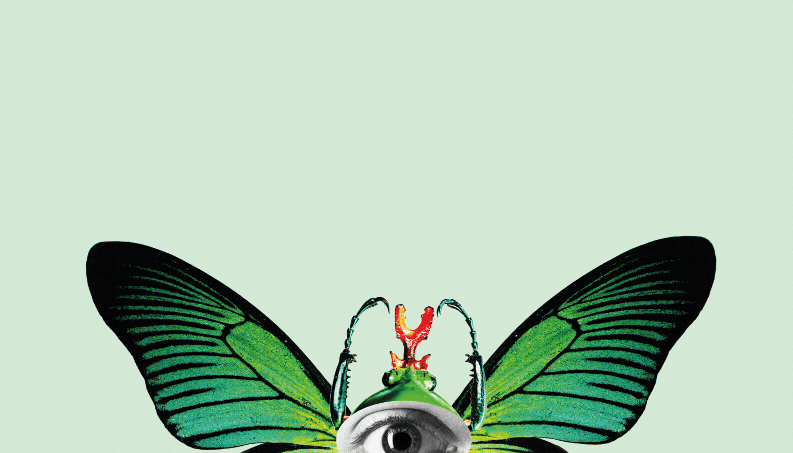






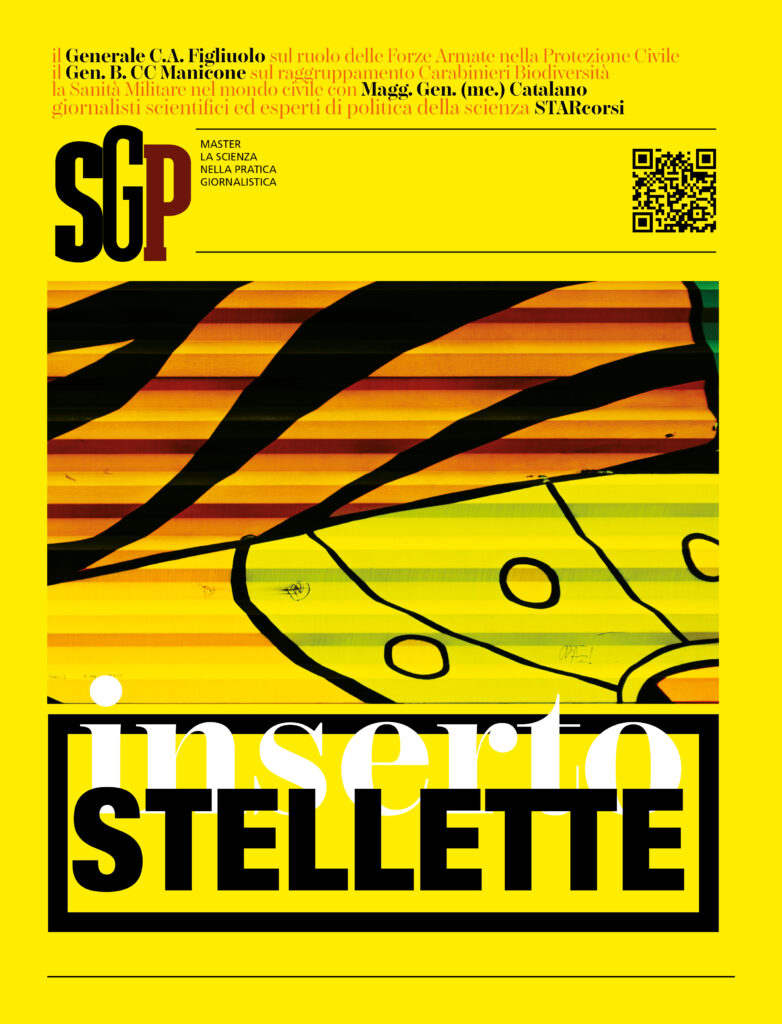

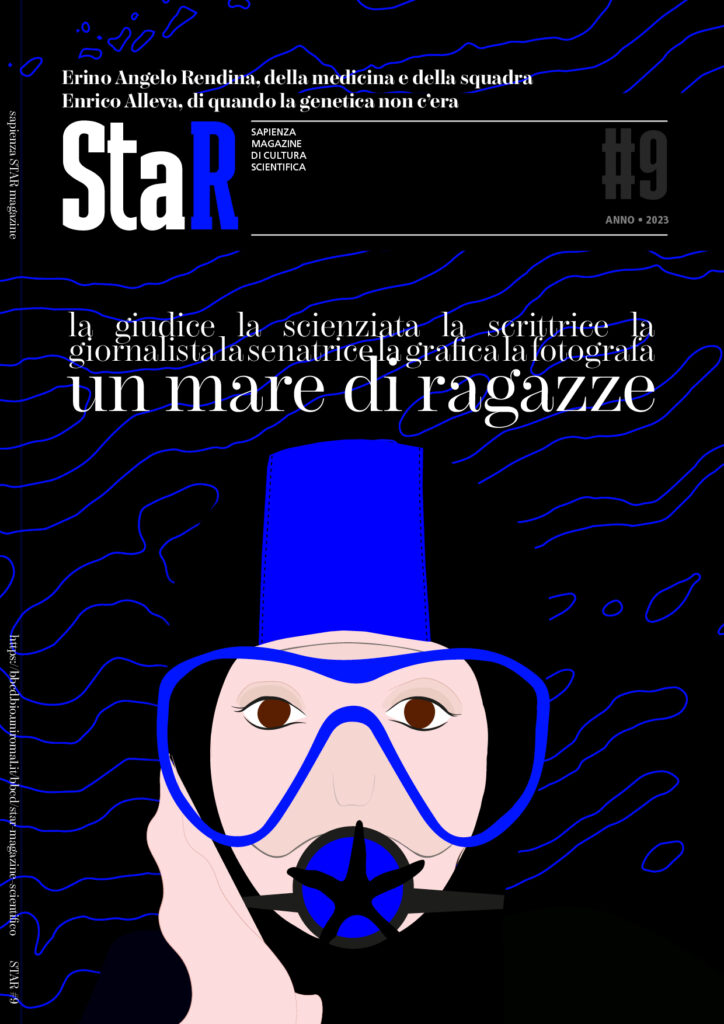
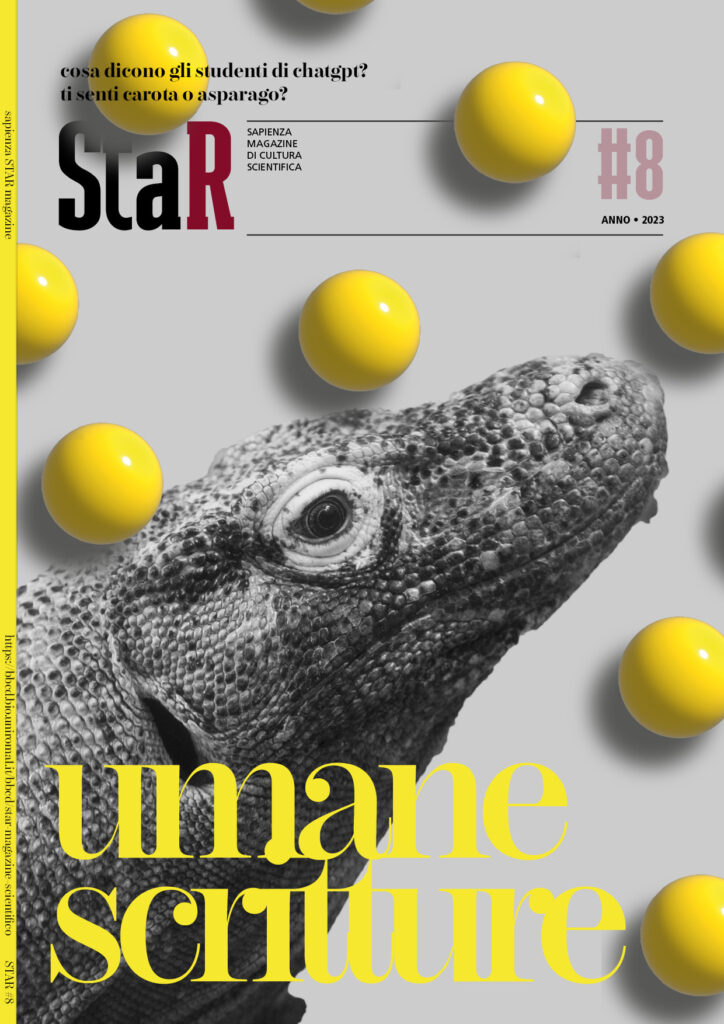
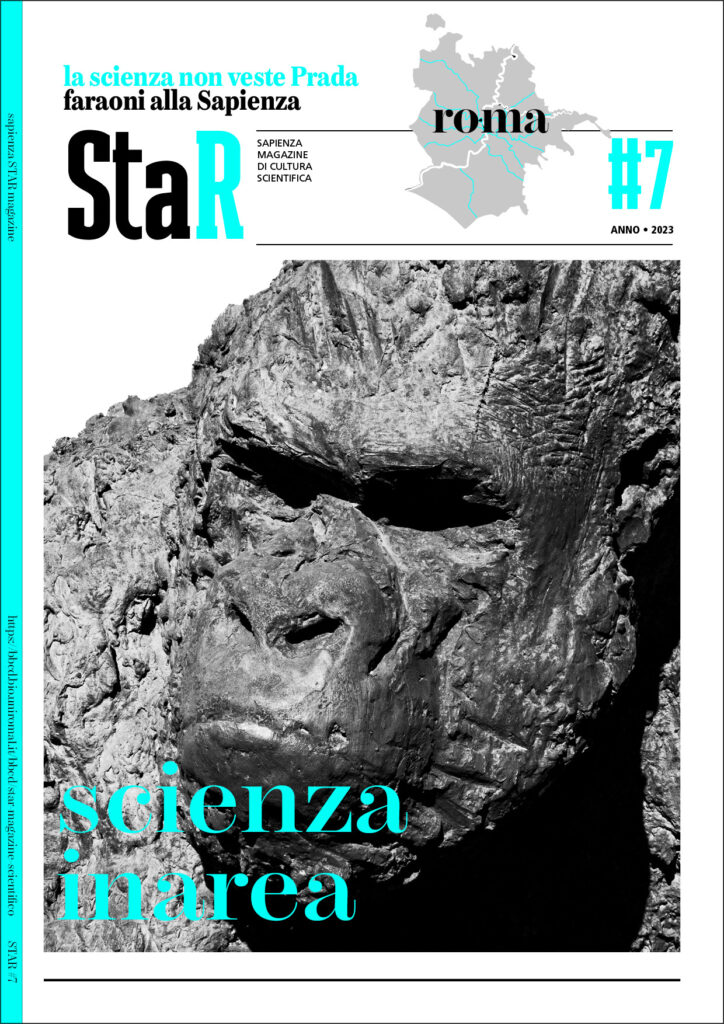

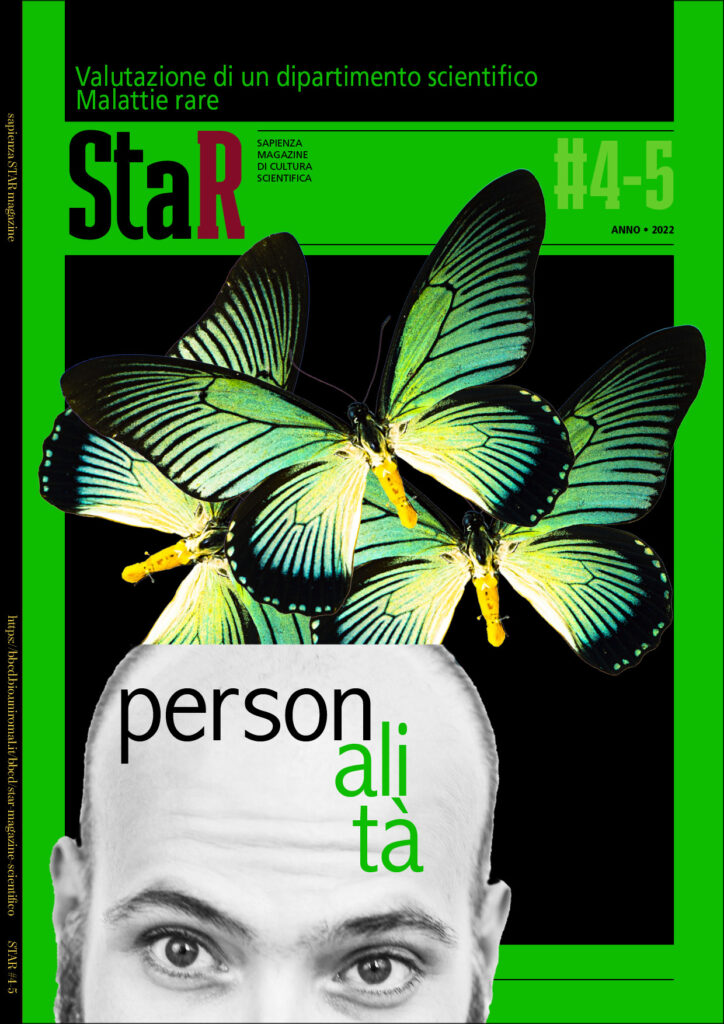

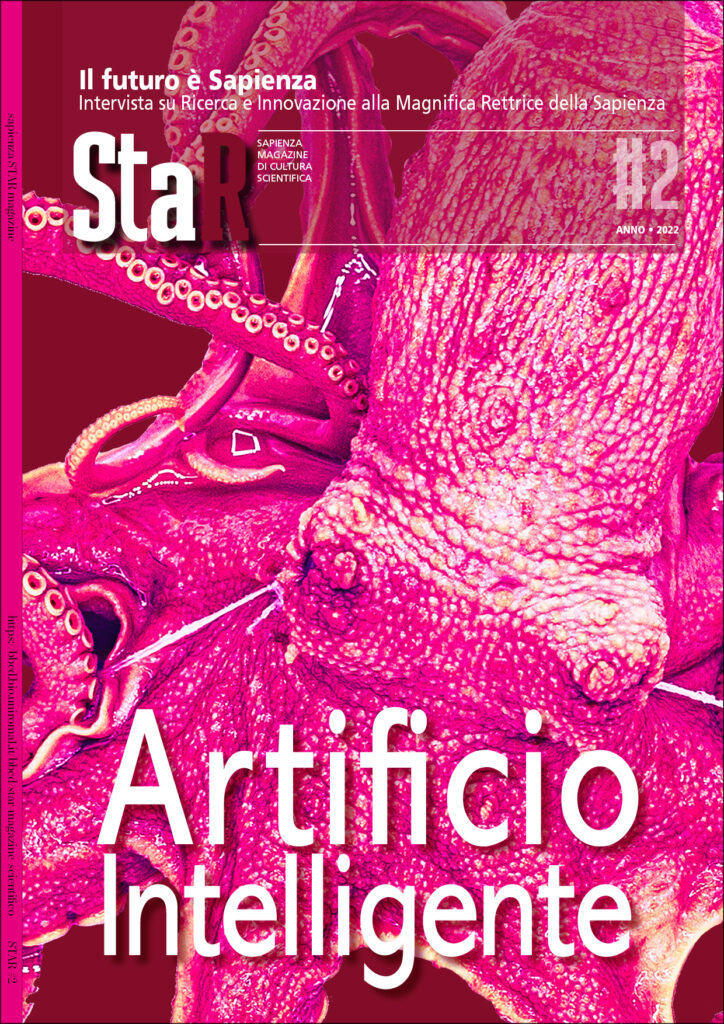

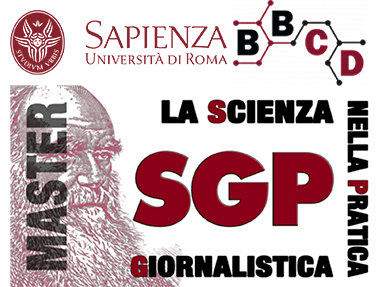
Commenti recenti